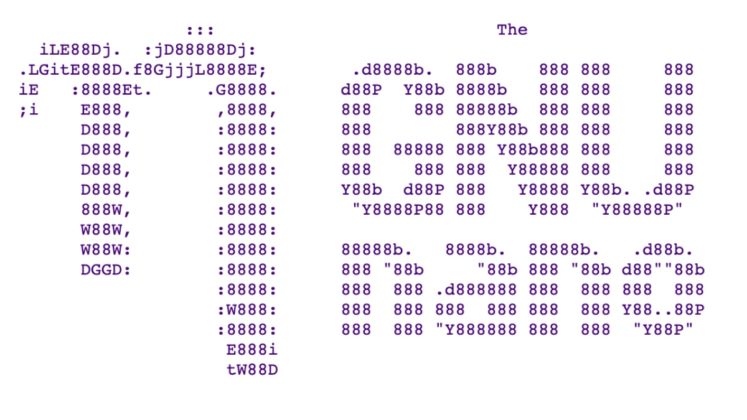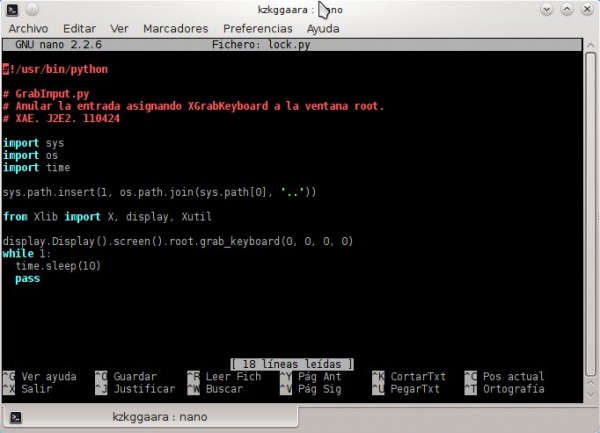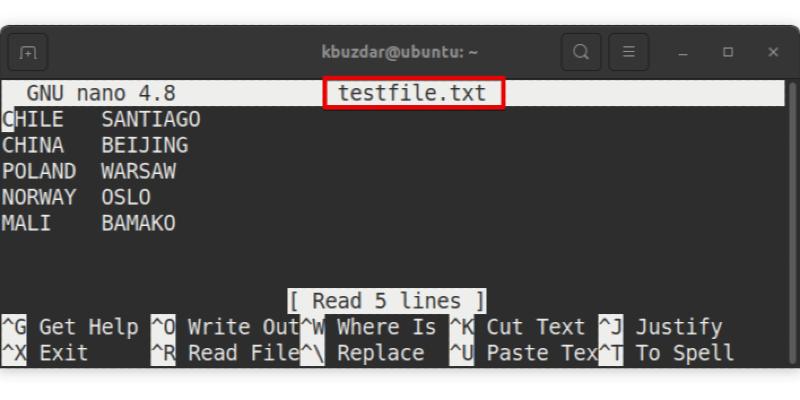


Just like you pushed and released Esc before pushing and releasing T, you can actually do the same to undo your changes. That being said, you haven’t saved your changes yet. You’ll notice that a large chunk of text has been removed so that everything after the cursor is suddenly removed from the file. This might seem a bit unusual at first, but it should work perfectly fine. Once you’ve released it you can then push and release the T key. You should instead push and release the escape key on your keyboard, which is more than likely labeled Esc if your keyboard has labels. If you’re running it under something more modern like KDE’s Konsole or the xfce4-terminal, then Alt+T is already an assigned shortcut.

This might work in very traditional xterm, rxvt and aterm environments under a graphical environment as well. Now, if you’re running the program under a virtual console meaning you’ve pushed Ctrl, Alt and F2 to get to a full-screen command line environment you can actually just push Alt and T at the same time to delete all text to the end of the file. Start by positioning the cursor right in front of the text that you’d like to pluck out of the file. You can use the arrow keys on your keyboard to navigate through blocks of text in the nano editor. Deleting Text to the End of the File in GNU’s nano Editor # That being said, there are slightly different instructions on how to delete these big chunks of text depending on whether you’ve run it from a virtual terminal or whether you’re running it from a graphical shell. For this, we’ll assume you have the nano editor up and running. Fortunately, the software includes some other key bindings that should work under a graphical shell.


 0 kommentar(er)
0 kommentar(er)
